A Taste of Yalda: A Story of Culinary Delight
Last year, my friend Ali invited me to celebrate the Winter Solstice, or Shab-e-Yalda, with his family in Tehran. As we entered the warm and welcoming home, I was immediately drawn to the beautifully set table. The spread was unlike anything I had seen—bright red pomegranate seeds glimmered like jewels, slices of watermelon were neatly arranged, and the scent of saffron rice filled the air. Ali’s grandmother shared stories about why these foods are significant, linking each dish to Iranian history and the symbolic triumph of light over darkness. The family’s laughter echoed in the room as we shared hearty bowls of Ash-e-Reshteh, a traditional noodle soup. By the end of the night, I had not only tasted delicious dishes but also gained a deeper appreciation for the cultural importance of these foods. If you’re curious about Iranian traditions, experiencing a Yalda celebration with its incredible food is a must.
what is winter solstice festival and which countries celebrate it?
The Winter Solstice Festival is a global celebration marking the shortest day and longest night of the year, usually occurring around December 21st or 22nd in the Northern Hemisphere and June 20th or 21st in the Southern Hemisphere. The festival has deep historical and cultural roots, with variations across different societies reflecting their traditions, beliefs, and seasonal practices.
Key Elements of Winter Solstice Festivals:
Astronomical Significance:
-
- The Winter Solstice marks the point when the Earth’s axial tilt is farthest from the sun, leading to the least daylight hours.
- It signifies the return of longer days, symbolizing renewal, hope, and light.
Historical Celebrations:
-
- Yule: An ancient Germanic and Norse festival celebrating the rebirth of the sun. Customs include lighting candles, feasting, and decorating evergreen trees.
- Dongzhi Festival (China): A time for family reunions and eating warm foods like glutinous rice balls to symbolize unity and harmony.
- Saturnalia (Rome): An ancient Roman festival honoring Saturn, the god of agriculture, with feasting, gift-giving, and revelry.
- Yalda Night (Iran): A Persian tradition welcoming the triumph of light over darkness with poetry, fruits, and family gatherings.
Modern Observances:
-
- Today, the Winter Solstice is celebrated globally with various events, from spiritual gatherings to cultural festivals. People often focus on themes of nature, reflection, and renewal.
Why It’s Celebrated?
The Winter Solstice Festival highlights humanity’s connection to the natural world and the cycles of life. It represents hope and the gradual return of light, a universal theme transcending cultures and time.
These festivals are often steeped in warmth and community, providing an opportunity for people to reflect on their lives and look forward to brighter days.
What Makes the Winter Solstice Special in Iran?
The Winter Solstice, or Shab-e-Yalda, is the longest night of the year and has been celebrated in Iran for thousands of years. It marks the transition from darkness to light, symbolizing hope and renewal. Traditional foods play a central role in this celebration, offering not only nourishment but also a connection to the country’s rich cultural heritage.
Iconic Foods Served During the Winter Solstice
Pomegranate: A Symbol of Life
Pomegranate is the star of Yalda celebrations, with its red seeds representing the warmth of life and the dawn of a new day. Families often serve pomegranate with a touch of salt to enhance its sweetness.
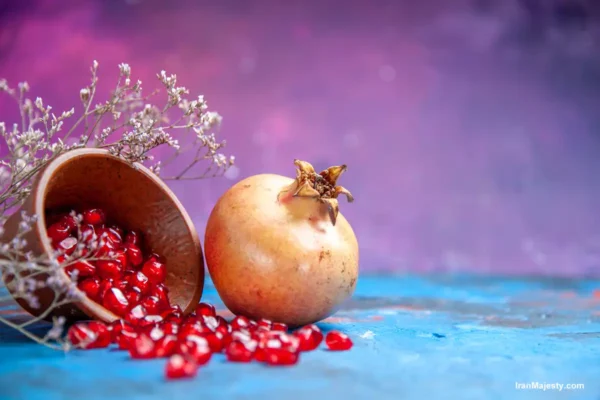
Watermelon: A Slice of Summer in Winter
Although it might seem out of place in winter, watermelon is an essential Yalda food. It symbolizes health and happiness, with its vibrant color reminding everyone of the warmth of summer.
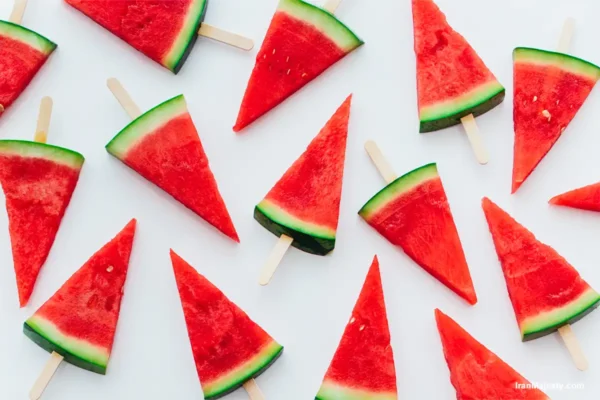
Mixed Nuts and Dried Fruits (Ajil)
Ajil is a mix of nuts, seeds, and dried fruits that adds crunch and flavor to the Yalda feast. Common ingredients include pistachios, almonds, raisins, and dried apricots, all of which symbolize prosperity and abundance.
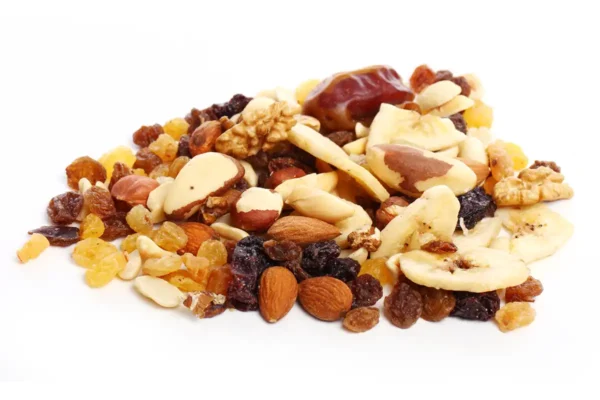
Ash-e-Reshteh: The Hearty Noodle Soup
Ash-e-Reshteh is a traditional Persian soup made with noodles, beans, and fresh herbs. The noodles are said to symbolize the interconnectedness of life and the wish for good fortune.
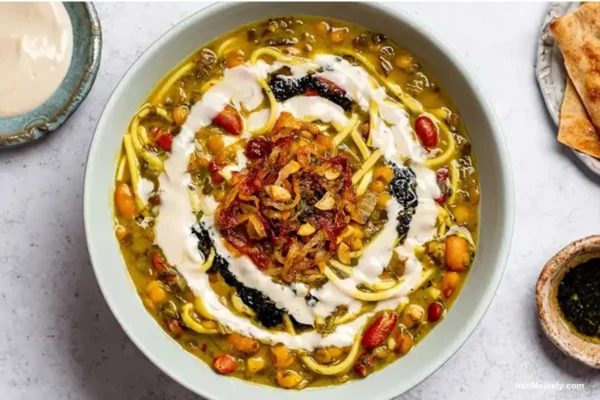
Persian Saffron Rice (Shole-Zard)
This sweet rice dish, flavored with saffron and garnished with cinnamon and pistachios, is often served as a dessert during Yalda. Its golden hue signifies joy and celebration.
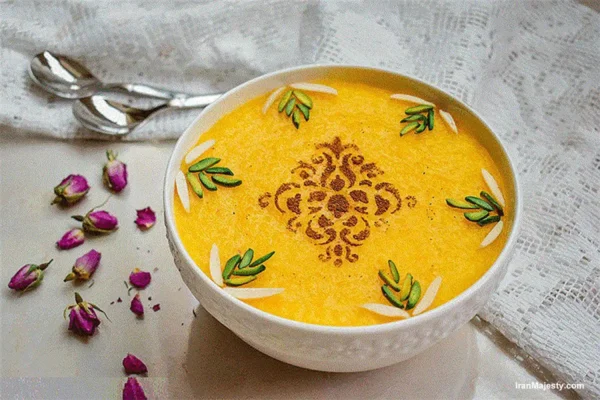
How These Foods Reflect Iranian Culture
Each dish served during the Winter Solstice has a story and a deeper meaning. For instance, the vibrant colors of pomegranate and watermelon represent hope and positivity, while dishes like Ash-e-Reshteh showcase the communal spirit of Iranian gatherings. Preparing and sharing these foods is a way to honor tradition and bring families closer together.
Conclusion: Why You Should Experience Yalda
The Winter Solstice celebration in Iran is about more than just food; it’s a night of storytelling, poetry, and shared memories. The dishes served during Yalda not only taste delicious but also carry deep cultural significance. They remind us of the importance of family, resilience, and hope.
If you ever have the chance to visit Iran during the Winter Solstice, don’t miss it. From the heartwarming food to the enchanting traditions, Yalda offers a unique and unforgettable glimpse into Iranian culture.
“Enjoy this informative video by Zoroastrianism & the Zoroastrian Darri Language that covers Iranian Traditional Foods for Winter Solstice Festival in more detail. It’s included here to give a well-rounded perspective, with gratitude to the creator for sharing their knowledge.”
Join the Conversation!
Have you experienced Yalda Night or tried any of these traditional dishes? Share your thoughts in the comments below, and don’t forget to share this article with friends who love exploring new cultures!

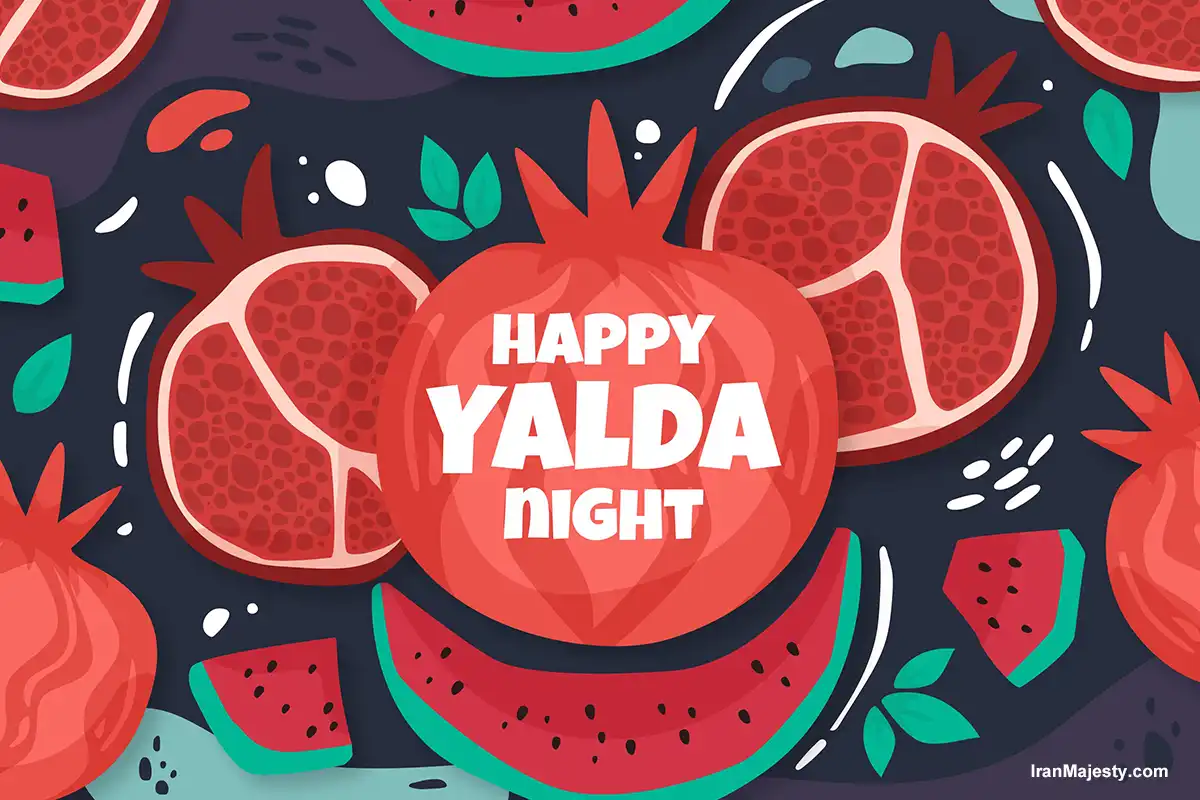
0 Comments